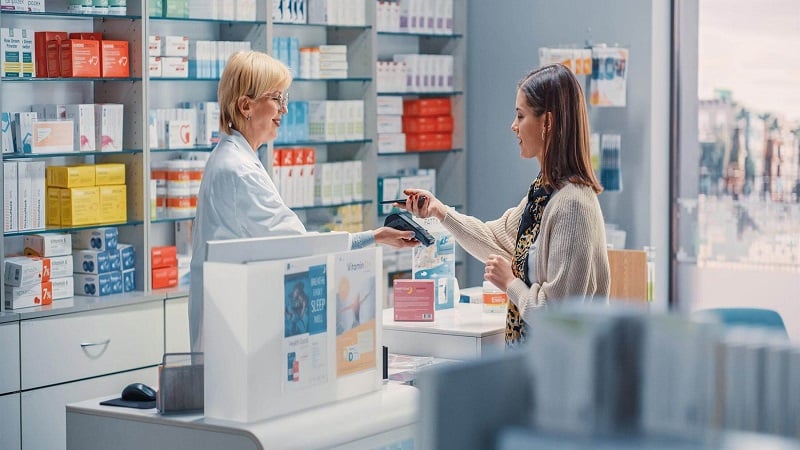
Utilization Management
Verify eligibility, optimize reviews, and streamline appeals and grievances.

Utilization Management
Verify eligibility, optimize reviews, and streamline appeals and grievances.

Care Management
Enable preventative care, manage medical interventions, and efficiently report on program outcomes.

Medication Management
Perform and bill medical services, ensure medications are safe and effective, and identify ways to improve care.

Quality Management
Improve outcomes, lower costs, and adhere to standards, such as HEDIS, Stars, and PQA.

Specialty Pharmacy

Is your pharmacy doing everything it can to diversify revenue, improve patient outcomes, and stay relevant? DIR reform and its pharmacy reimbursement challenges are around the corner in 2024. It's the latest curveball thrown at independent community pharmacy in recent times.
Is your pharmacy fully capitalizing on all revenue options, improving patient outcomes, and keeping pace with the latest developments? What strategies can we employ to ensure the continued existence of these crucial independent community pharmacies and their ability to enhance access to care? We believe that the solution is multi-faceted, but should encompass the following elements:
Independent community pharmacies have undergone a remarkable transformation, evolving from simple medication dispensaries into comprehensive healthcare hubs that offer a wide range of clinical services. Traditionally, community pharmacies relied mainly on prescription sales and over-the-counter medications to generate revenue. However, this revenue model has evolved as pharmacies increasingly offer clinical services such as immunizations, medication management services, and point-of-care testing.
This transformation not only benefits patients but can also significantly enhance a community pharmacy's profits through cash-based services and medical billing for visits. This diversification reduces reliance on prescription sales alone, which can be affected by factors like drug prices and reimbursement fluctuations.
COVID-19 was a time of change for independent community pharmacies. These providers showed up for patients to fill their medications after hours or during lockdown, and nimbly showed they would show up for everything from vaccines to point-of-care testing and monoclonal antibody services, even if not done previously.
Clinical services, whether paid for in cash or billed to medical payors, will play a pivotal role in securing the future of independent community pharmacies. The opportunities are abundant and come with substantial rewards, but the actual implementation presents a formidable challenge. One major obstacle in rolling out these programs is the need to create clinical initiatives from scratch with limited external assistance or resources. This entails the development of protocols, workflows, collaborative practice agreements, establishment of point-of-care testing facilities, acquiring the skills to handle medical billing, and ensuring that patients and healthcare providers are aware of the expanded services offered. Historically, these tasks have been tackled in isolation in the independent community pharamcy space, consuming an excessive amount of administrative time that could otherwise be dedicated to patient care.
Here's how using clinical experts to help with expanding successful clinical services can boost a community pharmacy's profitability:
Let's also take a closer look at some clinical pharmacy care that can be particularly beneficial for a community pharmacy's profits, whether cash-paid or medically billed:
In conclusion, the transformation of clinical community pharmacies into comprehensive healthcare hubs represents a significant opportunity for both patient care and profitability. By expanding clinical services, diversifying revenue streams, and effectively utilizing medical billing opportunities, these pharmacies can not only weather the challenges posed by the upcoming DIR reform but also thrive in the evolving healthcare landscape. Building stronger patient and provider relationships and offering valuable services like immunizations, medication management, chronic disease management, and health and wellness programs not only improve patient outcomes but also contribute to the financial health of independent community pharmacies. By embracing this multifaceted approach, these pharmacies can secure their vital role in the healthcare ecosystem.

Tara Pfund
PharmD, Product Manager


Ruger Stufflebeam
May 18, 2023

Stay in the know
The latest healthcare insights. Straight from our experts to your inbox.